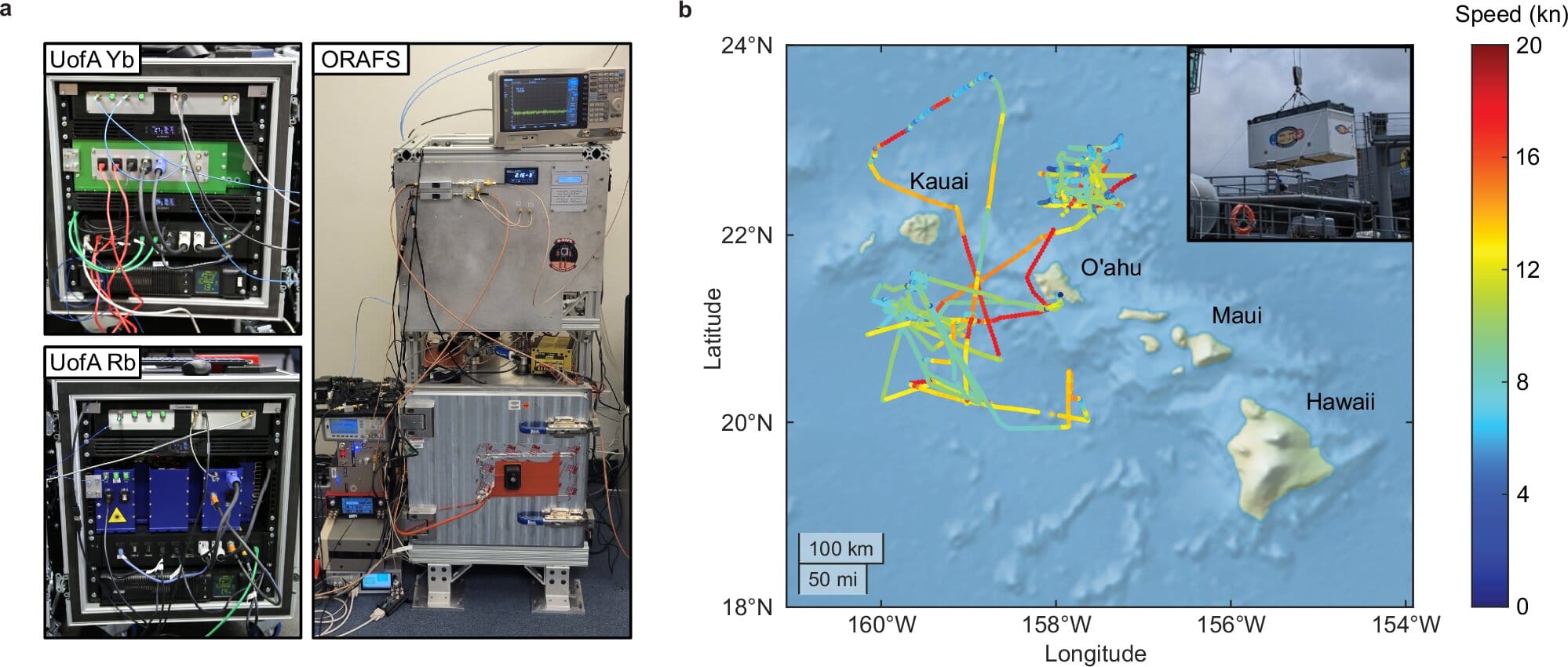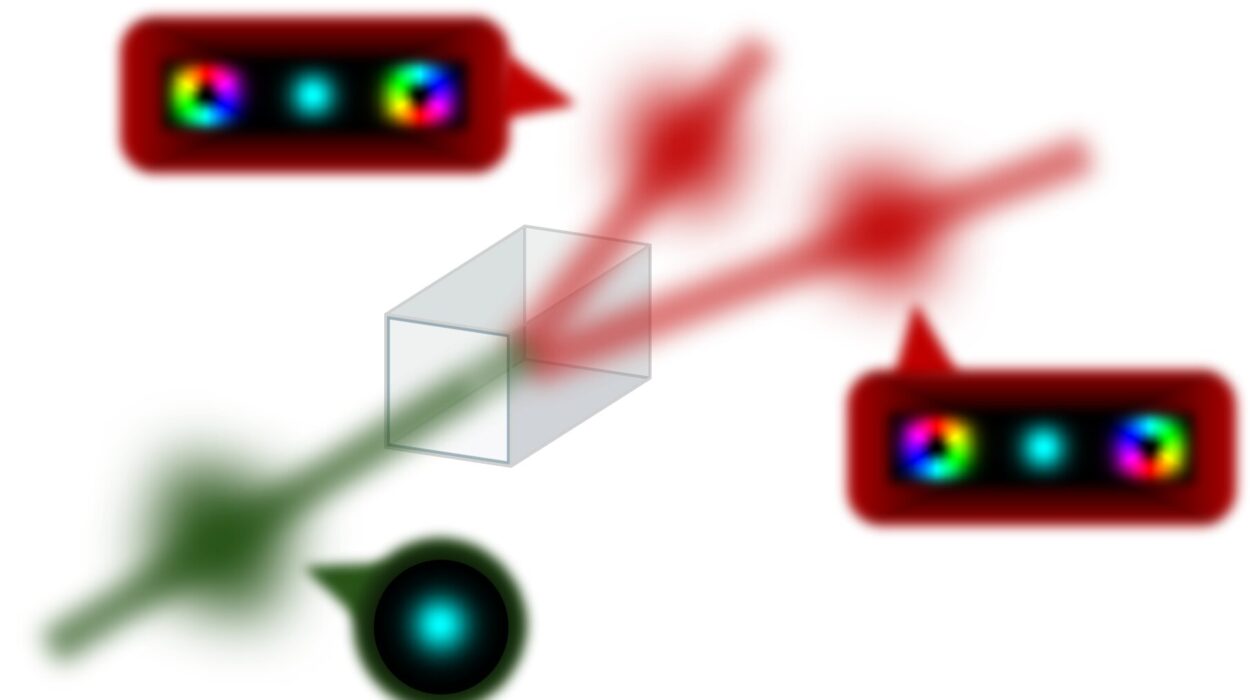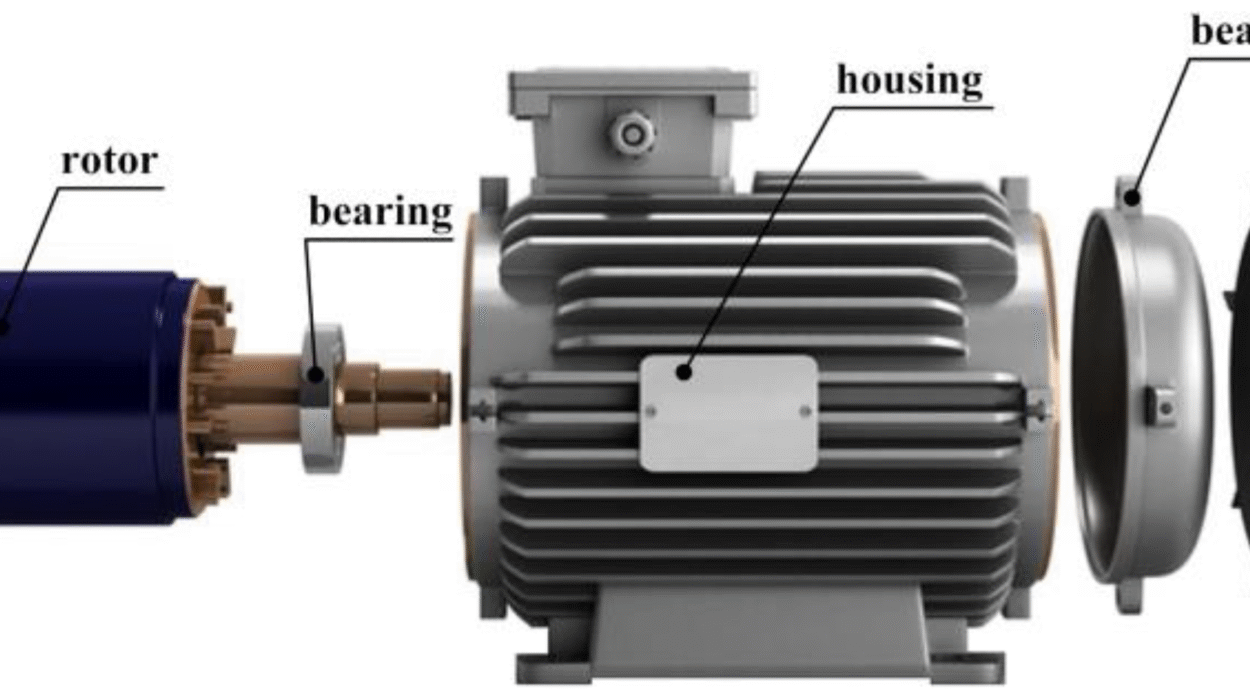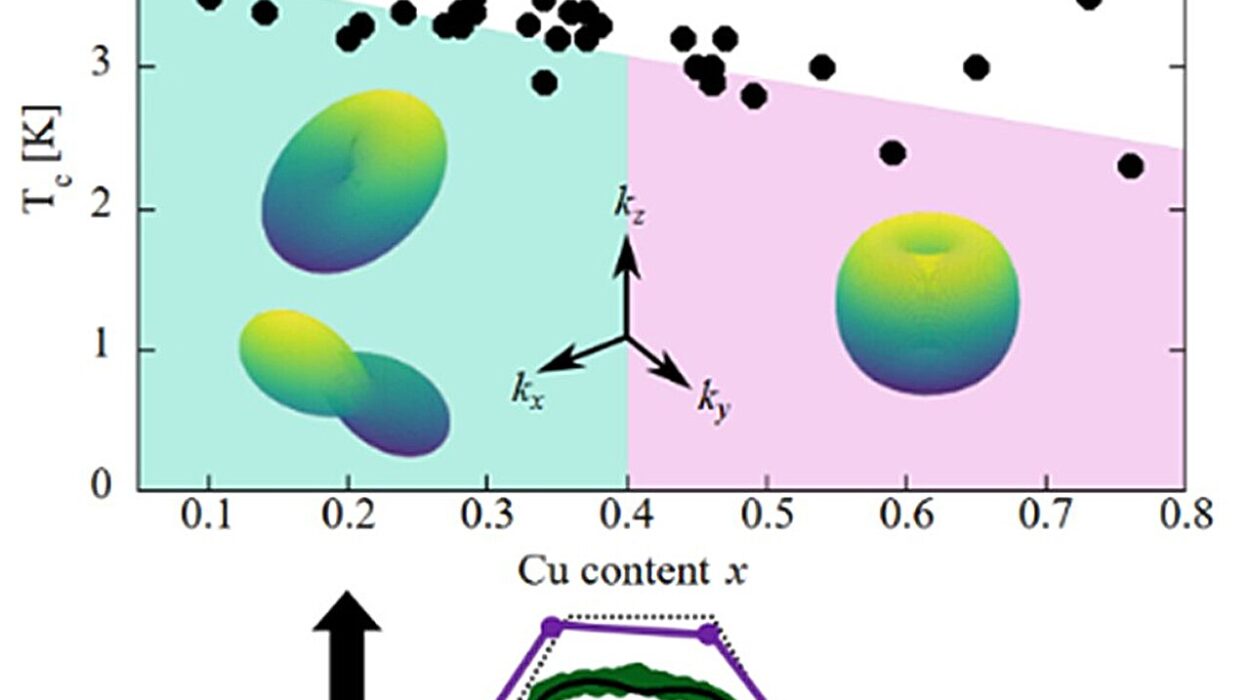In the vast Pacific Ocean, amid the salty spray and rolling waves, a quiet revolution in timekeeping is unfolding. Aboard the decks of navy ships, tucked safely into robust enclosures, tick devices so precise they can measure time far beyond the reach of even the mighty Global Positioning System. These are not ordinary clocks. They are optical quantum clocks—Australia’s latest leap into a future where timekeeping, security, and navigation converge in dazzling new ways.
And for the first time ever, these technological marvels have proven their mettle under real-world naval conditions, outperforming GPS by staggering margins.
The Quantum Promise in the Heart of the Sea
Time is the invisible heartbeat of modern civilization. It pulses through financial markets, telecommunications, power grids, and, critically, military navigation. Without precise timing, GPS would collapse, trading floors would freeze, and entire infrastructures would drift into chaos.
But what happens when GPS signals vanish?
That’s not just a hypothetical. In an era of geopolitical tension, adversaries possess the technology to jam or spoof GPS signals, plunging military operations—and potentially civilian life—into disarray. That’s why researchers like Professor Andre Luiten and his team at the University of Adelaide’s Institute of Photonics and Advanced Sensing (IPAS) have been working tirelessly to build a solution: clocks so precise and so rugged, they can serve as independent navigational anchors even when satellites fall silent.
Now, they’ve succeeded.
The Dance of Atoms and Light
Unlike the wristwatch on your arm—or even the atomic clocks that keep GPS satellites on beat—optical quantum clocks are built on the elegant physics of atoms bathed in laser light.
The clocks developed in Adelaide rely on sealed glass cells filled with low-pressure gases of rubidium or ytterbium atoms. When illuminated by lasers at precise colors, these atoms resonate like cosmic tuning forks, revealing an exquisitely stable rhythm. By tuning the laser to lock onto this atomic “note,” scientists extract a time signal of staggering purity.
Dr. Ashby Hilton, a physicist with IPAS, describes the result: “These clocks are between 20 and 200 times more precise over a second of measurement time than the present international standard.”
Consider that for a moment. A deviation of even one billionth of a second could cause GPS positioning errors of several centimeters. A clock 200 times more precise doesn’t just improve the map—it redraws the boundaries of what’s possible in navigation, communications, and scientific measurement.
Riding the Waves at RIMPAC
Precision, however, is not enough. A clock built in the serenity of a laboratory might falter when placed aboard a ship pitching through the ocean. That’s why, in July 2022, Luiten’s team took their creations out of the lab and into one of the world’s largest naval exercises: the Rim of the Pacific (RIMPAC) war games off the coast of Hawaii.
It was an audacious trial by fire. For more than three weeks, quantum clocks from around the globe sat side by side in a shipping container, enduring heat, humidity, salt, and the endless sway of naval maneuvers.
But the Adelaide clocks didn’t merely survive—they triumphed.
“RIMPAC was the first time that an ensemble of optical atomic clocks was demonstrated at sea, a significant milestone for assured timing and navigation,” said Dr. Hilton. “The University of Adelaide’s clocks were at the top of the performance chain of all clocks included in the exercise.”
It’s a victory that underscores both technological ingenuity and national resilience. As Professor Luiten explained:
“Assured timing is critical for communications and positioning applications, especially at a time when sovereign defense capability is of increasing importance. A solution to this issue for the Australian Defense Force is a sovereign-developed, rugged and portable clock, which could be deployed in the field.”
A Sovereign Shield Against GPS Vulnerabilities
GPS has long been the bedrock of modern positioning and timing. But its signals are delicate, vulnerable to intentional jamming or deception—a reality laid bare in numerous conflicts around the globe.
Optical quantum clocks could provide a sovereign, homegrown alternative. On a ship, in a submarine, or deep underground, they could maintain precise synchronization even if GPS signals vanish into static.
Beyond defense, such clocks promise to transform sectors from finance to scientific research. In high-frequency trading, where fortunes turn on nanoseconds, ultra-precise time-stamps could refine transactions and boost fairness. Future GPS satellite constellations might incorporate optical clock technology, providing sharper positioning and resilience against interference.
Even fundamental science would benefit. As clocks grow more precise, they become tools for probing the nature of the universe itself—detecting tiny shifts in gravity, testing the constancy of physical laws, and perhaps uncovering subtle fingerprints of new physics.
From Lab to Industry: The Quantum Frontier
Innovation, however, doesn’t end with a scientific paper. The University of Adelaide has partnered with QuantX Labs, a local quantum technology company, to move these clocks from research benches into the world of practical applications.
Such collaborations ensure that this technology doesn’t languish in academic journals but finds its way into ships, satellites, data centers, and wherever precision timing matters most.
A New Epoch for Time Itself
Standing on the deck of a naval vessel, feeling the deck heave underfoot, it’s humbling to imagine a device nearby measuring time with such impossible exactitude—ticking away, unshaken by the restless sea.
The quantum clocks born in Adelaide are not just machines. They are the latest chapter in humanity’s timeless quest to understand and master the dimension that governs us all: time itself.
And now, thanks to their courage on the high seas, they’re poised to redefine how we navigate, communicate, and explore both our world and the cosmos beyond.
Reference: A. P. Hilton et al, Demonstration of a mobile optical clock ensemble at sea, Nature Communications (2025). DOI: 10.1038/s41467-025-61140-2






